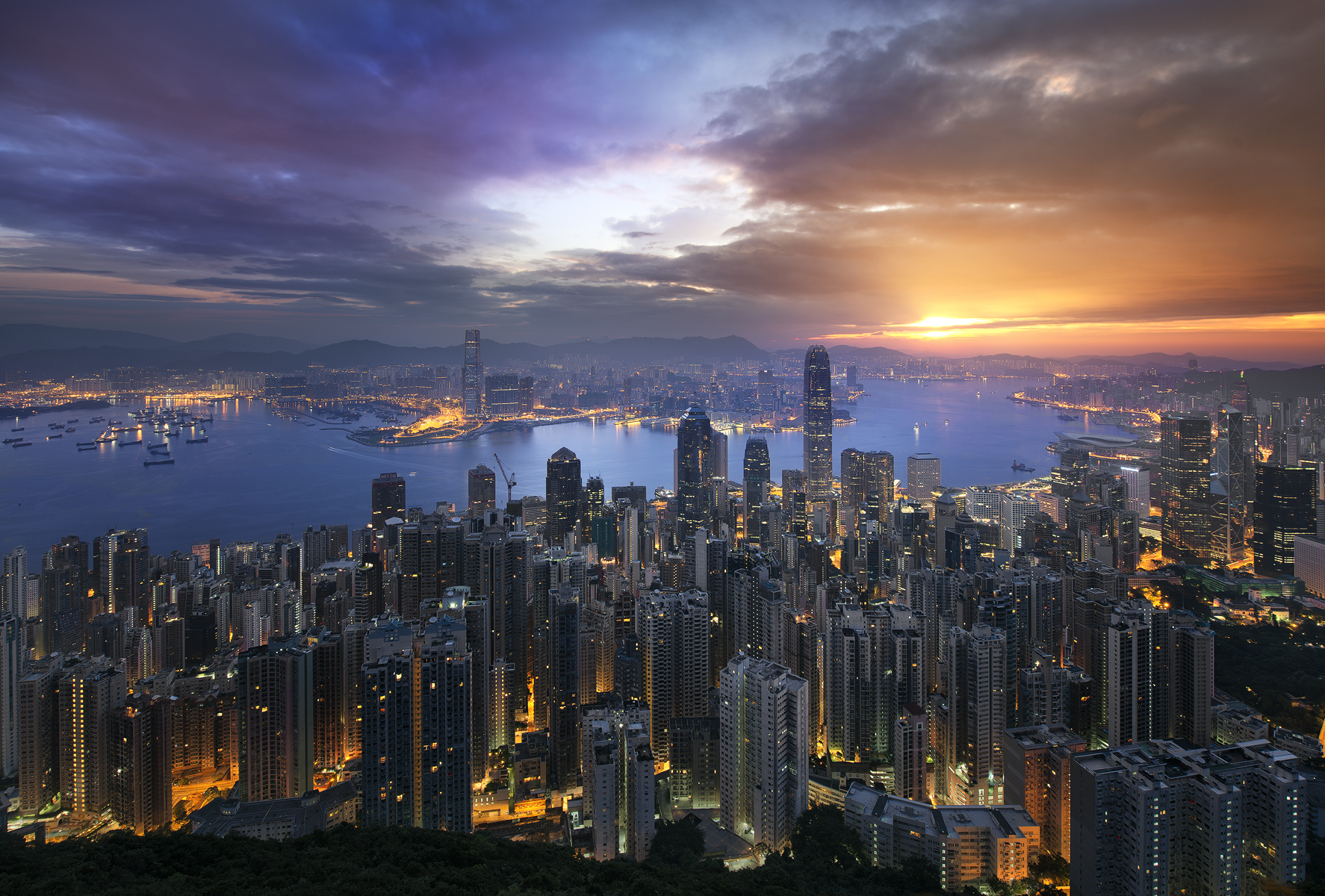
In the heart of bustling cities lies a world of architectural wonders waiting to be discovered through the lens of a camera. This article delves into the art and technique of architectural photography, where steel and glass structures become narratives, and cityscapes transform into captivating visual symphonies.
Understanding the Urban Canvas:
1. Architectural Diversity: Every city is a melting pot of architectural styles, from sleek modern skyscrapers to historic landmarks that stand as a testament to the city’s past. Understanding this diversity is crucial for a photographer aiming to tell a comprehensive visual story.
2. The Play of Light and Shadow: Architectural photography is as much about the play of light and shadow as it is about capturing physical structures. The interplay of sunlight on facades, the dramatic shadows cast by towering buildings – these nuances add depth and dimension to the urban canvas.
Mastering Techniques:
1. Composition is Key: A well-composed photograph can turn a mundane building into a work of art. Pay attention to framing, leading lines, and symmetry. Experiment with perspectives to find the most engaging angle that highlights the structure’s unique features.
2. The Golden and Blue Hours: The time of day greatly influences the mood of architectural photography. The golden hour during sunrise and sunset bathes buildings in warm, soft light, while the blue hour, just before sunrise and after sunset, imparts a cool, ethereal glow.
3. Long Exposure Magic: For capturing cityscapes at night, especially with dazzling city lights, long exposure techniques can create stunning effects. The streaking lights of passing cars and the glow of illuminated buildings make for compelling compositions.
Focusing on Details:
1. Ornate Facades and Unique Features: Zoom in on the intricate details that make each building unique. Ornate facades, intricate carvings, or modern architectural elements – these details add character and provide viewers with a closer connection to the subject.
2. Reflections and Distortions: Water bodies and glass facades offer opportunities for captivating reflections. Experiment with capturing distorted reflections and transparent layers, using reflective surfaces to add an artistic flair to your compositions.
Showcasing Urban Life:
1. Inclusion of People: Architectural photography need not be devoid of human elements. Including people in the frame can provide a sense of scale and showcase the building’s relationship with its urban environment.
2. Candid Moments: Capture candid moments of daily life against the backdrop of architecture. Whether it’s a street performer entertaining a crowd or commuters bustling around a transit hub, these scenes add a dynamic and authentic touch.
Post-Processing Magic:
1. Enhancing Details: Post-processing allows photographers to enhance architectural details, correct perspectives, and fine-tune colors. Tools like Adobe Lightroom and Photoshop can be instrumental in bringing out the full potential of architectural images.
Conclusion: Building Narratives Through Images: Architectural photography is a dance between the artist and the urban landscape. Each photograph is a story, a visual dialogue between the photographer and the structures that shape our cities. Through the lens, we not only capture buildings but the essence of the urban spirit, telling tales of innovation, history, and the evolving face of civilization.



